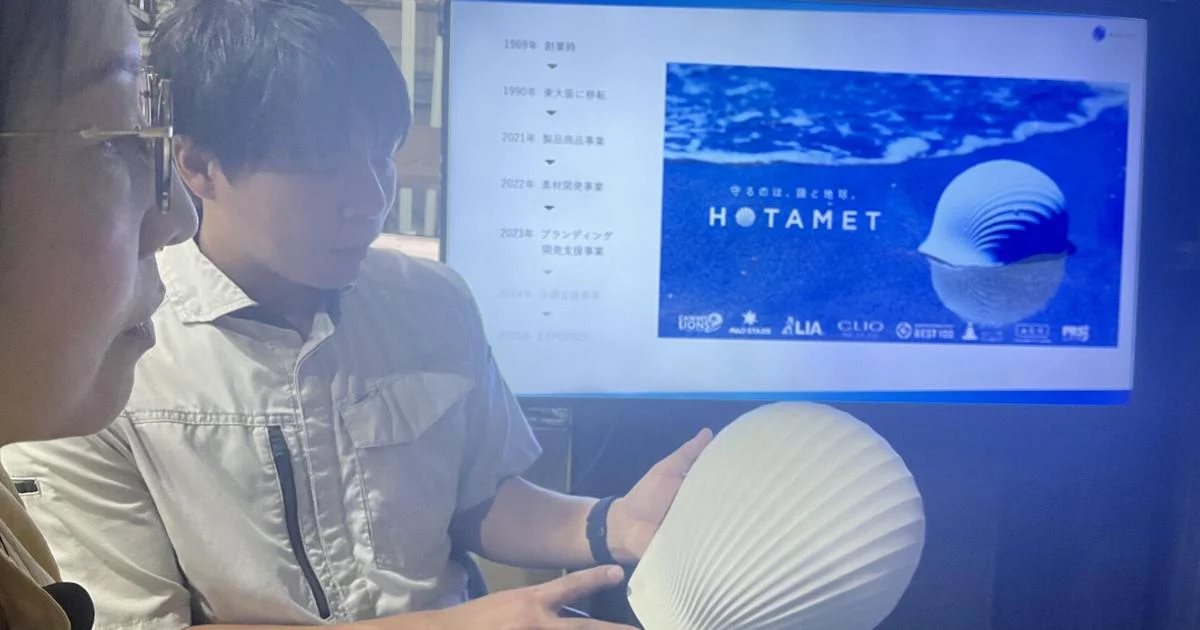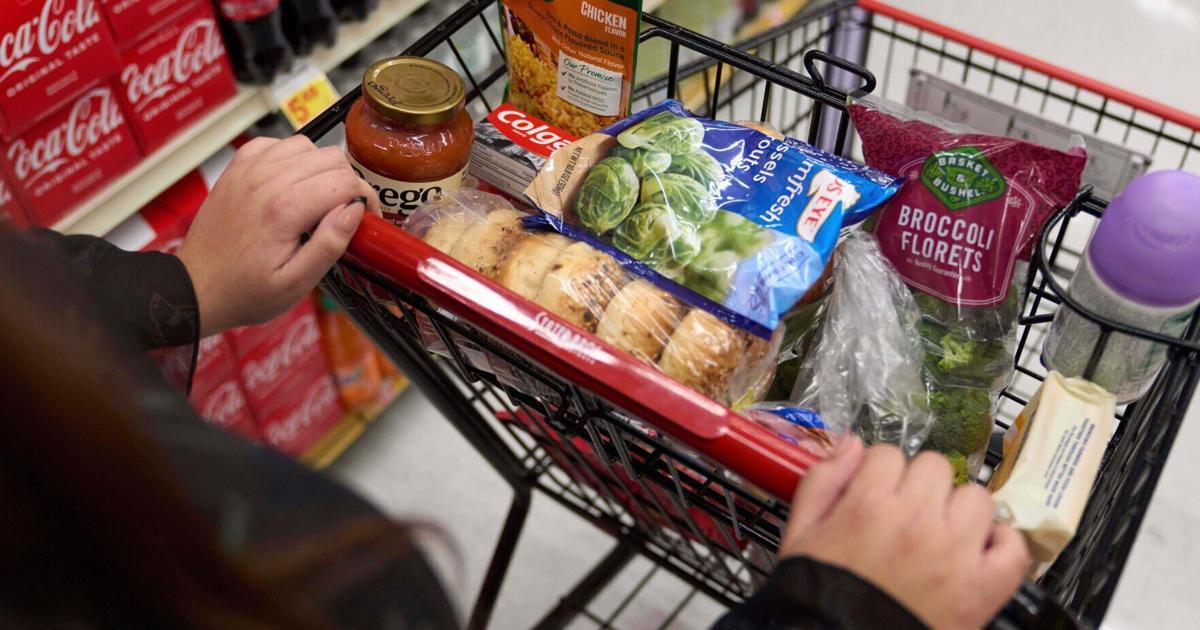Copyright trinidadexpress

OSAKA, JAPAN- Every year in Japan, approximately 200,000 tonnes of shucked scallop shells are dumped - their meat harvested by food processing plants, and the hard protective layer transported from the nation’s shoreline far away from public view along the mountainsides. But for one small manufacturing company in Osaka, the phrase ‘one man’s trash is another man’s treasure’ rings especially true to life. Koushi Chemical Industry Co., Ltd., headquartered in Osaka City, has for the past four years been purchasing the discarded shells at 1000 yen (less than $7 US) per tonne, and crushing them into the fine powder used to build durable helmets for the general public. The ‘Shellmet’ was born from a desire to build a sustainable business, and to improve the lives of society at large, according to Tetsura Nambara, Koushi’s Planning and Development department manager, who will one day take over running the family-owned business from his father. It is a light-weight but durable helmet, designed in the shape of a shell but made using only the shell dust and plastic, some of which (20%) has been recycled. On its website, Koushi claims that the upcycled bioplastic helmet reduces CO2 emissions by approximately 36%, making it environmentally friendly. The product this year became the official anti-disaster helmet of the Expo 2025 Osaka, Kansai, Japan. In an interview on Thursday with Caribbean and Pacific Island Journalists participating in the Association for Promotion of International Cooperation (APIC) 2025 Japan Journalism Fellowship, Nambara said that the company had been in search of a sustainable means of operation for some time. The shell of the scallop, he said, was selected given its chemical make up and popularity as a food item within Japan. “We want a stable supply so it's either scallop or oyster…We did various experiments, we tried oysters, we tried different shells. But in Japan scallops are the easiest at the food vendor, you can get them in the masses over there and It is easier and more practical…it is almost like they want to give it to us,” he said. Koushi, a relatively small company, is manned by approximately 16 employees, Nambara said. Its signature Shellmet is not yet being shipped outside of Japan. Currently, he said, the company processes 32 tonnes of shells per year maximum, but hopes to increase this figure to 60, 000 tonnes in the next two to three years. Koushi, he said, plans to build a plant in Hokkaido Prefecture in Japan, which would reduce the cost of powder compared to sand and stone sand, which are globally in short supply. By doing this, he said, he believes the product can be elevated vastly and quickly within the market. Nambara said that shell recycling has long been done in Japan but the process of transforming recycled shells into something commercially viable was slowed by the COVID-19 pandemic. During that time, he added, the company had temporarily pivoted, creating protective wear for medical professionals. Asked why the company’s focus veered heavily into sustainability, he said that companies like Koushi typically rely on larger firms for their business, leaving them vulnerable when the economy slows and orders dry up. He says he wanted to build Koushi into something less reliant, developing its own products. Shell recycling in TT Thousands of miles away in Trinidad and Tobago, The concept of shell recycling is not exactly new. At least one similar initiative was launched in 2024 by the United Nations Development Project (UNDP) and the Institute of Marine Affairs (IMA). According to its website, the UNDPs accelerator lab in collaboration with the IMA in May initiated the “Habitats for Aquatic Life and Ocean Systems (HALOS) Project - a project aimed at using waste materials such as oyster shells to build artificial reefs in Trinidad and Tobago. “Human activities have put coral reefs under immense stress, leading to issues like global warming, ocean acidification, and pollution. These factors have drastically reduced reef health, making them susceptible to bleaching and diseases. Predictions suggest that by 2050, we could see a 70-90% decrease in live coral cover,” its website states. “The HALOS project is all about creating artificial reefs from waste materials. We’re using spent oyster shells, coffee grounds, glass, and even sargassum seaweed to build these reefs. It’s a fresh take on artificial reefs, aiming to shelter marine life and provide a substrate for regeneration while also addressing waste management.” it added. On May 28th, the UNDP says, a pilot reef was launched at Nelson Island, and within just ten days, it attracted multiple sea sponge species. The outcome, it said, encouraged the team to look into sea sponge farming. The next steps, it said, would include submerging the reef composite at the Nelson Island site, followed by compressive strength testing and biological monitoring. The reef systems will be observed remotely via the Aqualink online platform with live video feeds managed by the Institute of Marine Affairs.



